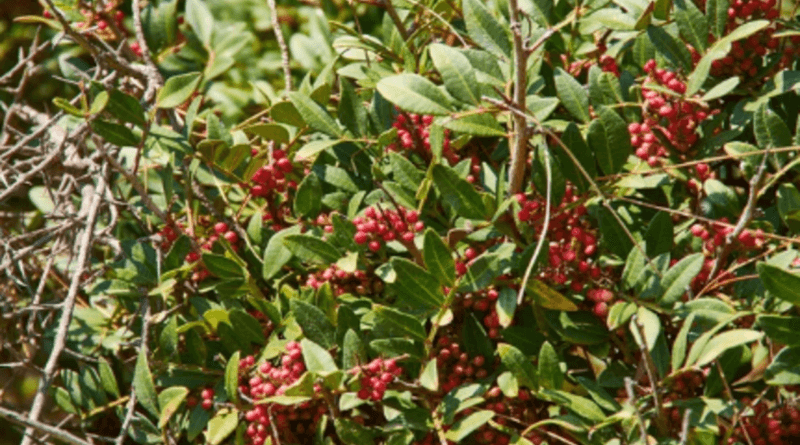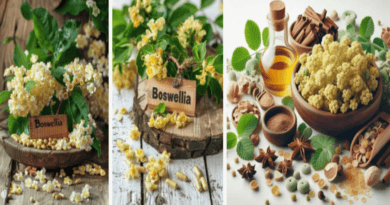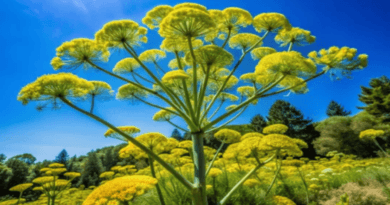Pistacia Atlantica Rituals and Symbolism Across Cultures
Pistacia atlantica, commonly known as the Atlantic pistachio, holds a revered place in spiritual and ritualistic practices. This ancient tree, native to arid and semi-arid regions, has long been valued not only for its ecological significance but also for its profound cultural and spiritual symbolism. Communities across the Middle East, North Africa, and parts of Asia have integrated it into ceremonies, healing rituals, and sacred traditions. Its enduring presence in these practices attests to the tree’s deep-rooted importance in human history and spirituality. The resilience and adaptability of Pistacia atlantica have made it a symbol of strength and continuity, deeply embedded in many cultural narratives.
Historical Significance of Pistacia Atlantica in Rituals
Use of Resin in Ancient Ceremonies
For centuries, Pistacia atlantica has played a central role in rituals and sacred practices. Ancient civilizations recognized the tree’s resin, leaves, and wood for their spiritual properties. The tree’s aromatic resin, often referred to as ‘mastic,’ served as incense during religious ceremonies. Burning this fragrant resin was believed to cleanse spaces, ward off negative energies, and invite divine presence. Priests and spiritual leaders relied on this resin during sacred rites, believing it facilitated a connection between the earthly and divine realms.
Ritual Tools and Symbolic Objects
Moreover, communities crafted ritual objects from the tree’s wood. They made symbolic staffs, bowls, and protective amulets from its durable wood. These items served as conduits for spiritual energy, bridging the physical and metaphysical realms. They carried deep symbolic meanings and were often passed down through generations as sacred heirlooms. Their inclusion in ceremonies underscored the profound respect and spiritual reliance placed on Pistacia atlantica.
Medicinal and Spiritual Properties

Healing Through Resin and Leaves
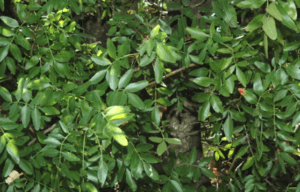
Pistacia atlantica is celebrated for its dual role in physical and spiritual healing. Its resin boasts antimicrobial and anti-inflammatory properties, which ancient healers used to treat wounds and respiratory ailments. Healers prepared salves and tinctures from the resin, believing it accelerated the healing process. Modern herbalists continue to recognize the therapeutic value of Pistacia atlantica’s resin.
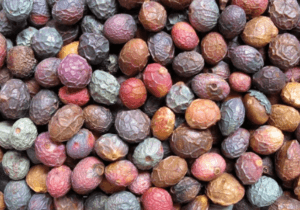
Spiritual Cleansing and Focus
Its spiritual benefits hold equal significance. Practitioners used the resin in rituals to purify individuals and sacred spaces. Burning the resin during meditative practices was believed to enhance focus, clarity, and spiritual connection. Likewise, its leaves appeared in herbal blends for protective rituals. Shamans and spiritual healers considered the fragrance of burning resin an essential component in creating a sacred atmosphere conducive to reflection and prayer.
Symbolism in Different Cultures
Persian Symbolism of Strength and Protection
Various cultures have imbued Pistacia atlantica with symbolic meanings. In ancient Persian traditions, it symbolized strength, resilience, and divine protection. Persian poets and scholars frequently referenced the tree in their literary works, celebrating its enduring qualities. The tree often stood in sacred spaces and temples, representing divine protection and spiritual resilience.
North African Associations with Fertility and Abundance
In North African cultures, the tree represented fertility and abundance. Women seeking blessings for childbirth or agricultural prosperity often performed rituals involving Pistacia atlantica. The tree’s ability to thrive in harsh environments made it a powerful symbol of endurance and spiritual fortitude. Its leaves and resin played key roles in ceremonies aimed at invoking blessings and abundance.
Modern-Day Ritual Use
Aromatherapy and Emotional Healing
Today, Pistacia atlantica remains relevant in modern spiritual practices. Herbalists and holistic healers incorporate its resin into aromatherapy and ritual incense blends. Its calming fragrance helps reduce stress, anxiety, and emotional blockages. Many turn to Pistacia atlantica incense during meditation or mindfulness exercises, seeking emotional clarity and inner peace.
Energy Cleansing Rituals
Additionally, spiritual communities have revived ancient practices by including Pistacia atlantica in energy-cleansing rituals. Many practitioners believe the resin creates a protective barrier against negative influences. This belief aligns with ancient traditions, where the tree’s resin served as a sacred shield against malevolent energies.
Sustainable Harvesting and Preservation
The Importance of Responsible Harvesting
With the increasing demand for ritual plants, sustainable harvesting of Pistacia atlantica has become crucial. Overharvesting threatens the long-term survival of these ancient trees. Conservation efforts now focus on responsible resin extraction and community-driven preservation projects. Local communities and environmental organizations actively protect these trees and promote ethical harvesting practices.
Ethical Sourcing for Consumers
Consumers and practitioners are encouraged to source Pistacia atlantica products from ethical suppliers. By supporting ethical sourcing, they contribute to both environmental sustainability and the preservation of cultural traditions. Sustainable practices ensure that future generations can continue to benefit from the spiritual and medicinal properties of this sacred tree.
In sum,Pistacia atlantica remains a powerful symbol of spiritual resilience, protection, and healing. Its presence in both ancient and modern rituals highlights humanity’s deep connection to nature. As we continue to honor this sacred tree, we must commit to preserving its legacy for future generations. By recognizing its cultural, medicinal, and spiritual significance, we can ensure that Pistacia atlantica remains a cherished part of our collective heritage.
References:
• Al-Yahya, M. A., et al. (2020). Ethnobotanical Uses of Pistacia Atlantica. Journal of Herbal Medicine.
• Zargari, A. (1990). Medicinal Plants of Iran. Tehran University Press.
• Al-Snafi, A. E. (2018). The Pharmacological Importance of Pistacia Atlantica. International Journal of Pharmaceutical Sciences.

